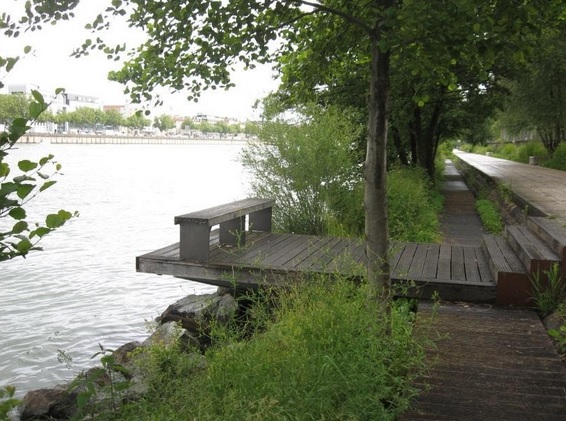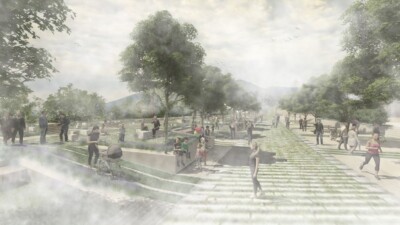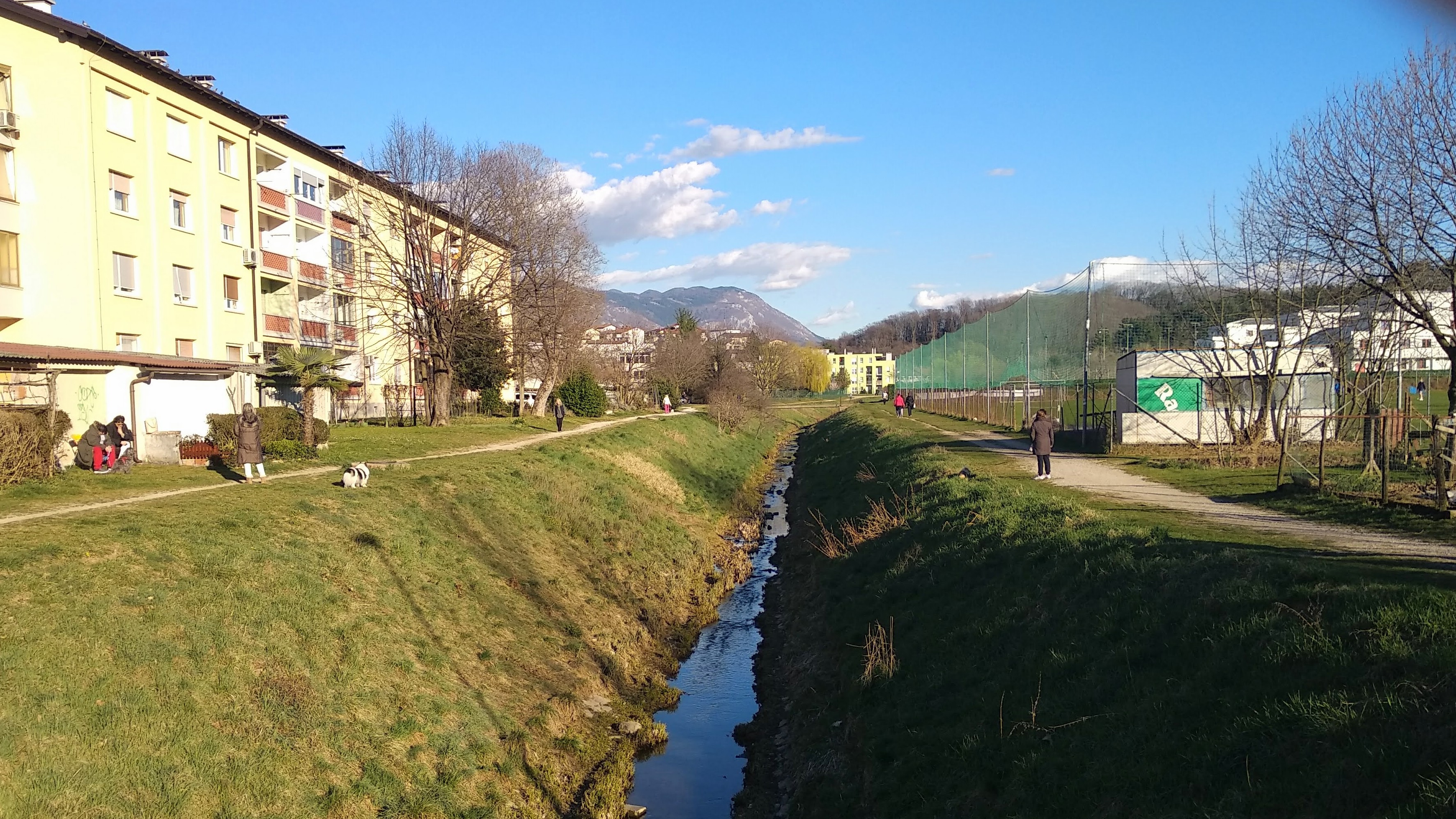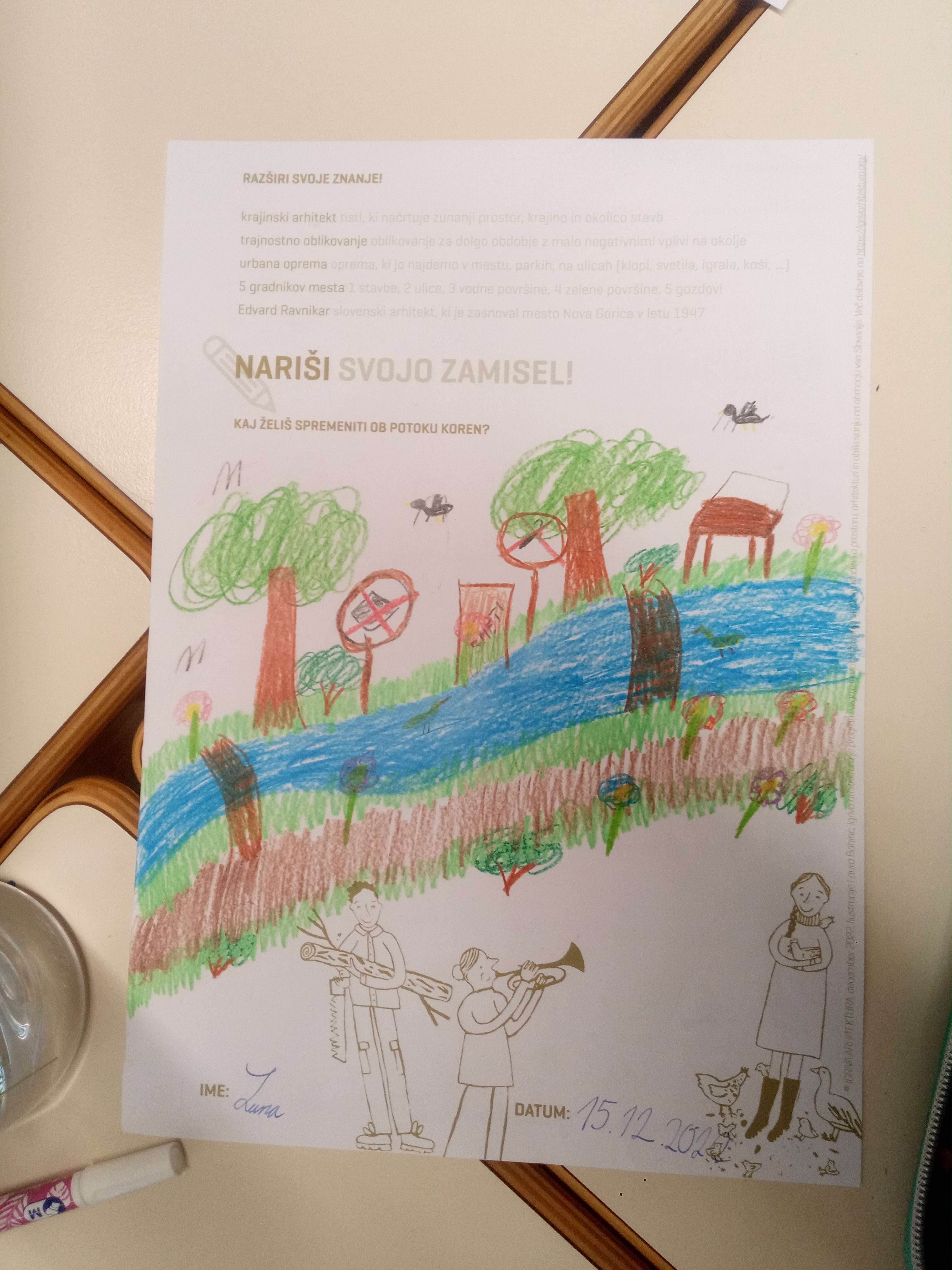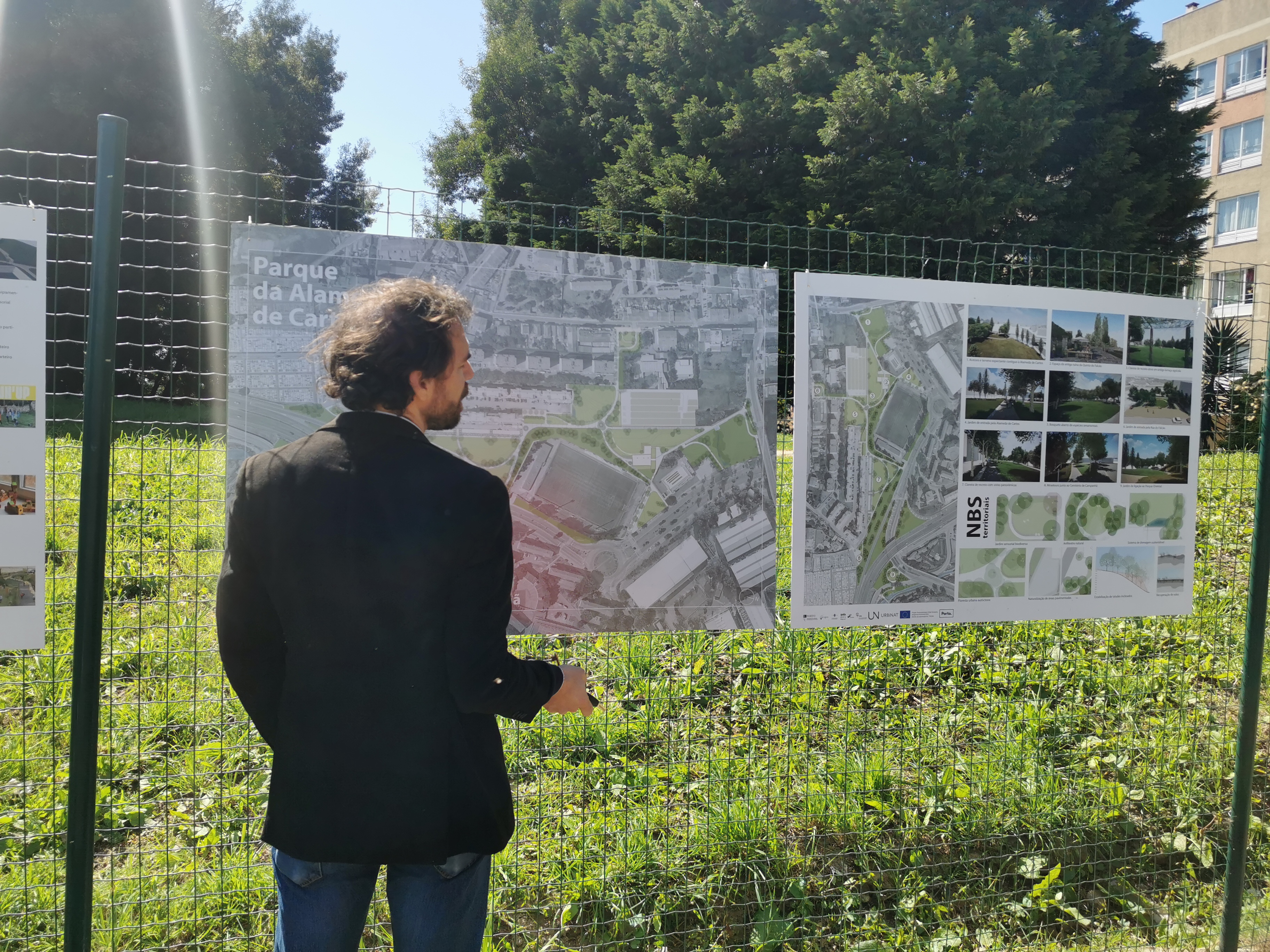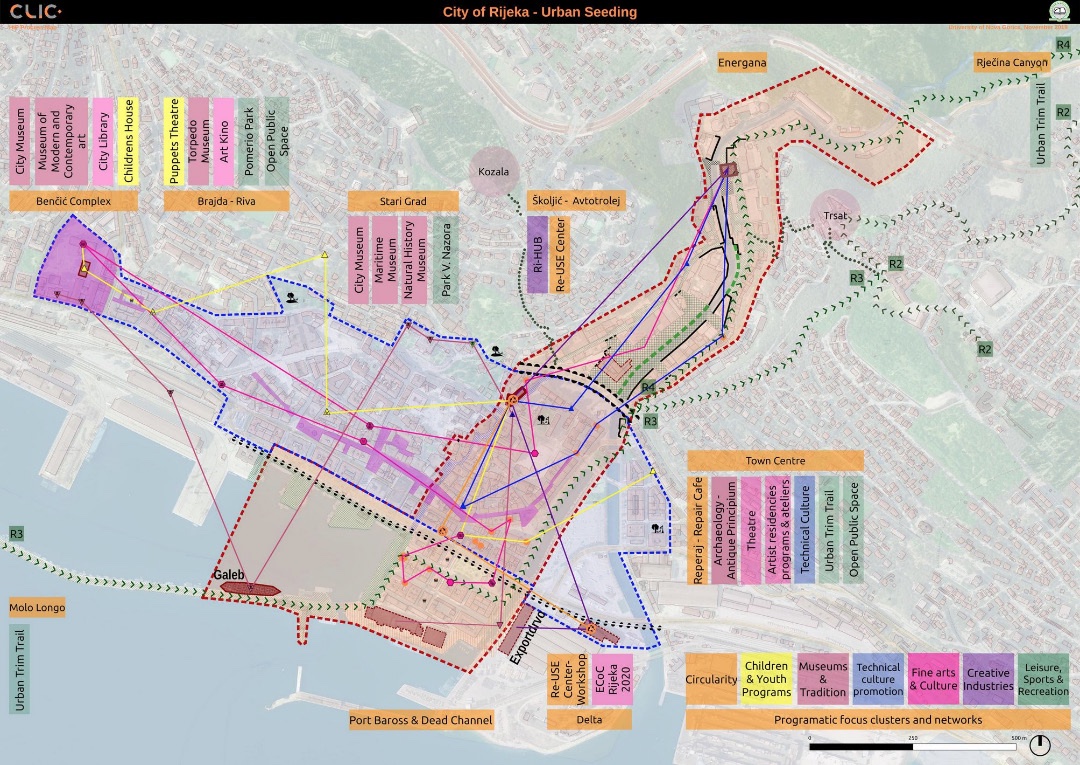Watercourse Restoration
CHALLENGES ADDRESSED
Score impact
Nature
Wellbeing
Health
Mobility
Participation
Economy
DESCRIPTION
Watercourse restoration concerns rivers/streams that have been degraded by the urbanization process or by heavily engineered water management solutions: contained underground watercourses, channelled rivers, concrete banks, embankments, dams, among others. Despite being necessary solutions, excessive containment of waterflow means that a man-imposed limit on volume and flow might not be sufficient, offering lower flexibility to behaviour changes over time. Mixed solutions that combine man-driven watercourse control while respecting the riverbank ecosystem offers greater success at short and long term, while promoting biodiversity, ecological connectivity and a major increase in water purification.
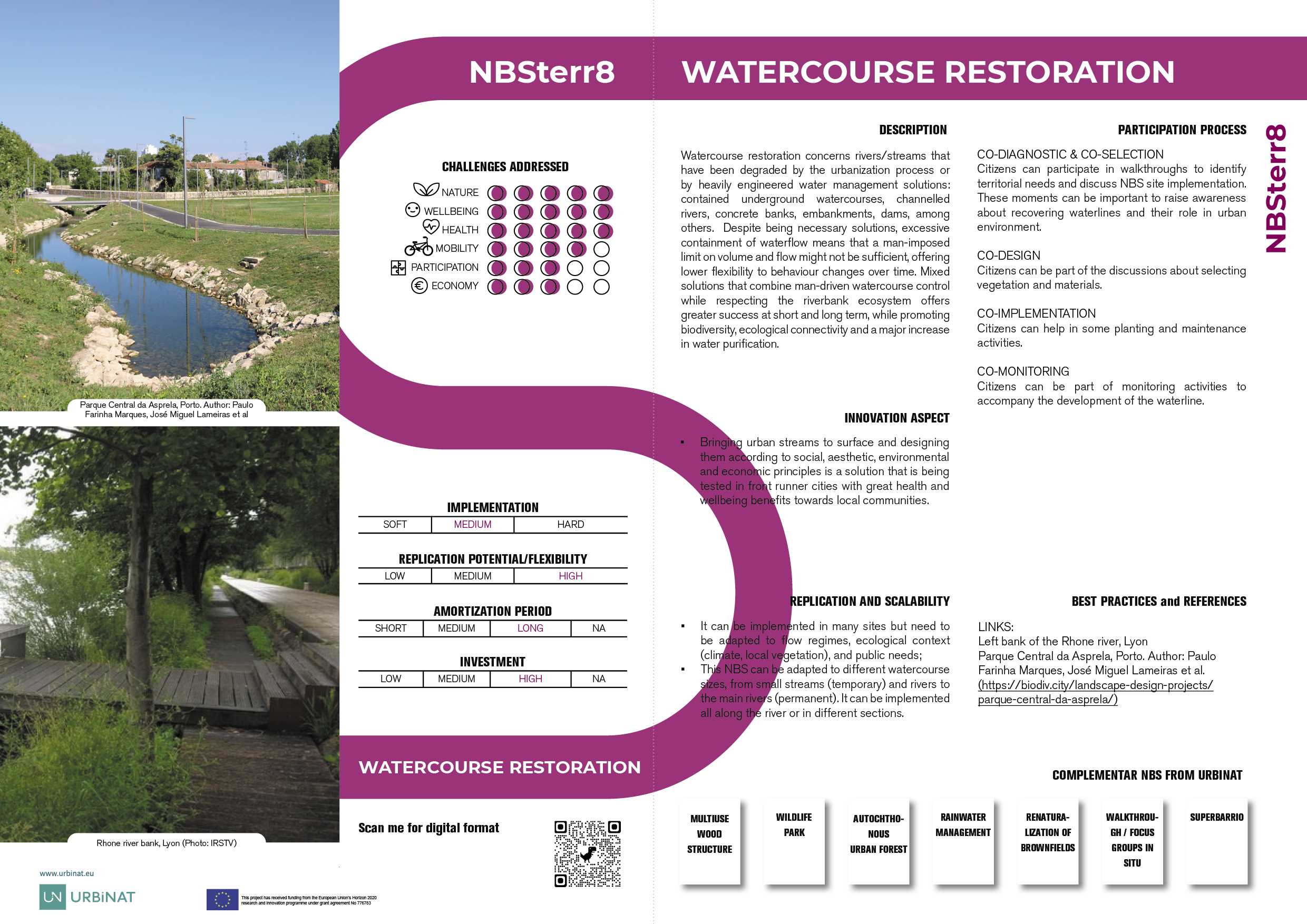
[PDF Download] Watercourse Restoration
Watercourse restoration concerns rivers/streams that have been degraded by the urbanization process or by heavily engineered water management solutions: contained underground watercourses, channelled rivers, concrete banks, embankments, dams, among others. Despite being necessary solutions, excessive containment of waterflow means that a man-imposed limit on volume and flow might not be sufficient, offering lower flexibility to behaviour changes over time. Mixed solutions that combine man-driven watercourse control while respecting the riverbank ecosystem offers greater success at short and long term, while promoting biodiversity, ecological connectivity and a major increase in water purification.
INNOVATION ASPECT
- Bringing urban streams to surface and designing them according to social, aesthetic, environmental and economic principles is a solution that is being tested in front runner cities with great health and wellbeing benefits towards local communities.
REPLICATION AND SCALABILITY
- It can be implemented in many sites but need to be adapted to flow regimes, ecological context (climate, local vegetation), and public needs;
- This NBS can be adapted to different watercourse sizes, from small streams (temporary) and rivers to the main rivers (permanent). It can be implemented all along the river or in different sections.
PARTICIPATION PROCESS
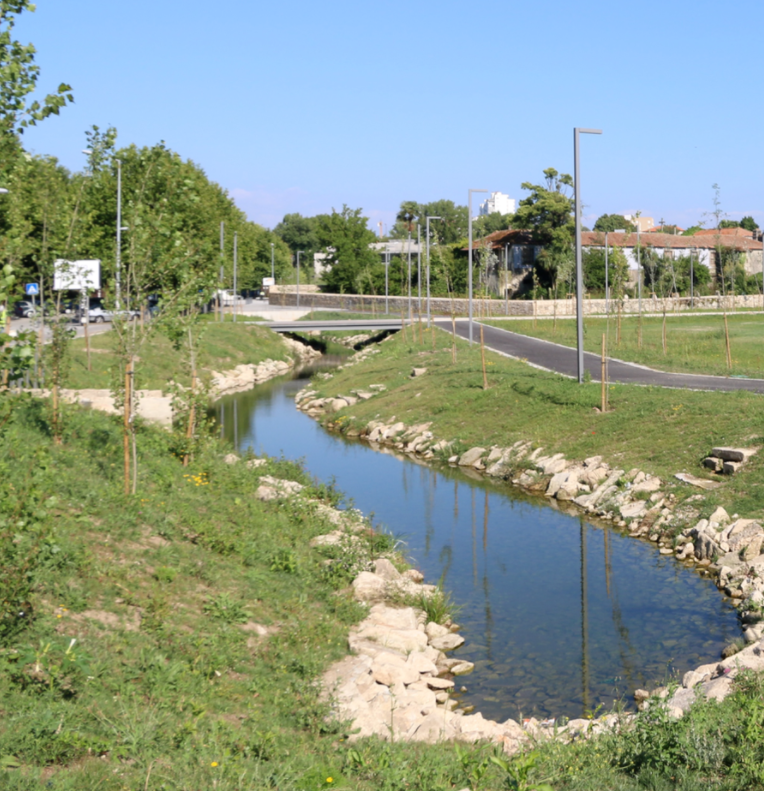
-
1
CO-DIAGNOSTIC & CO-SELECTION
Citizens can participate in walkthroughs to identify territorial needs and discuss NBS site implementation. These moments can be important to raise awareness about recovering waterlines and their role in urban environment.
-
2
CO-DESIGN
Citizens can be part of the discussions about selecting vegetation and materials.
-
3
CO-IMPLEMENTATION
Citizens can help in some planting and maintenance activities.
-
4
CO-MONITORING
Citizens can be part of monitoring activities to accompany the development of the waterline.
Best Practices & References
LINKS:
Left bank of the Rhone river, Lyon Parque Central da Asprela, Porto.
Author: Paulo Farinha Marques, José Miguel Lameiras et al.


